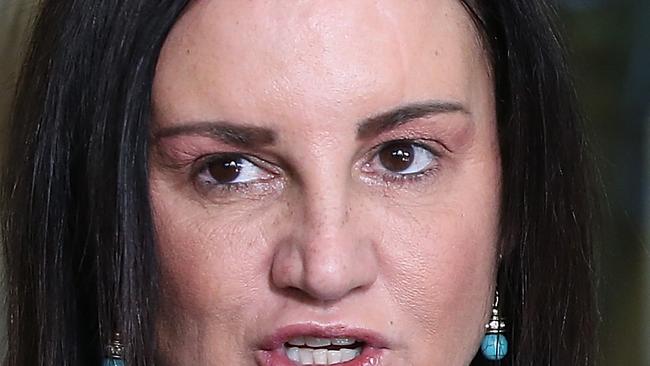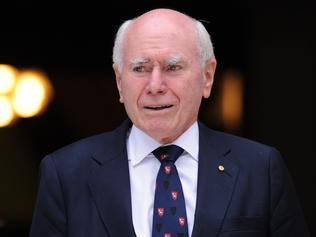There is no doubt that the objectives of the National Disability Insurance Scheme are worthy and attract broad support.
According to the budget, “Australians with permanent and significant disability can be assured of access to vital care and support”.
Both major parties have endorsed the scheme.
But this high-level backing begins to unravel when consideration is given to the funding of the scheme; how the costs of the scheme can be controlled; and whether the objectives of the scheme will actually be met.
We have come a long way from the sketchy plans that were presented in a report prepared by the Productivity Commission. In that report, it was concluded that there would be a tad over 400,000 Australians who would access the scheme and the annual costs would be about $22 billion.
(Note also that the PC assumed that the cost of service provision would fall by 20 per cent due to choice and competition, an assumption that looks particularly heroic in light of recent developments.)
The PC figures on numbers and costs have turned out to be significant underestimates. It is now expected that 460,000 Australians will be eligible for NDIS assistance and the commonwealth’s annual contribution alone will exceed $17bn by the mid-2020s. The contributions of the states and territories are in addition to this figure.
And if there are any cost-overruns — and there almost certainly will be — the federal government is entirely responsible for meeting the shortfall.
Notwithstanding the fact that the Medicare Levy has already been increased by half a percentage point to meet the costs of the NDIS, there was an announcement in the budget of a further rise in the levy of another half a percentage point to make up the NDIS funding gap, which is estimated to be $55.7bn over 10 years.
In rather unconvincing fashion, Scott Morrison argued that “even if we are not impacted directly, this is our responsibility. Our decision to increase the (Medicare) Levy reflects the fact that all Australians have a role to play.”
But hang on, we already pay taxes and we have already been hit with an increase in the levy. Surely, funding for the NDIS should be the first call on tax revenue, not the last.
Most of the evidence to date points to a looming fiasco when it comes to the efficient and effective administration of the scheme. And this is well before the scheme is rolled out in full.
The IT system would not work, providers find the scheme hostile and inflexible, and it is proving difficult to control the numbers of eligible recipients.
This boundary issue is probably the most critical of all, with a blowout in the number of children with autism and those with mental health problems potentially leading to a further increase in the costs of the scheme.
Unless the Australian government can impose some significant controls on the NDIS, there may come a time when our scheme will become untenable and we will have to revert to fixed program funding for those with disabilities.




To join the conversation, please log in. Don't have an account? Register
Join the conversation, you are commenting as Logout